What Do Turkeys Eat?
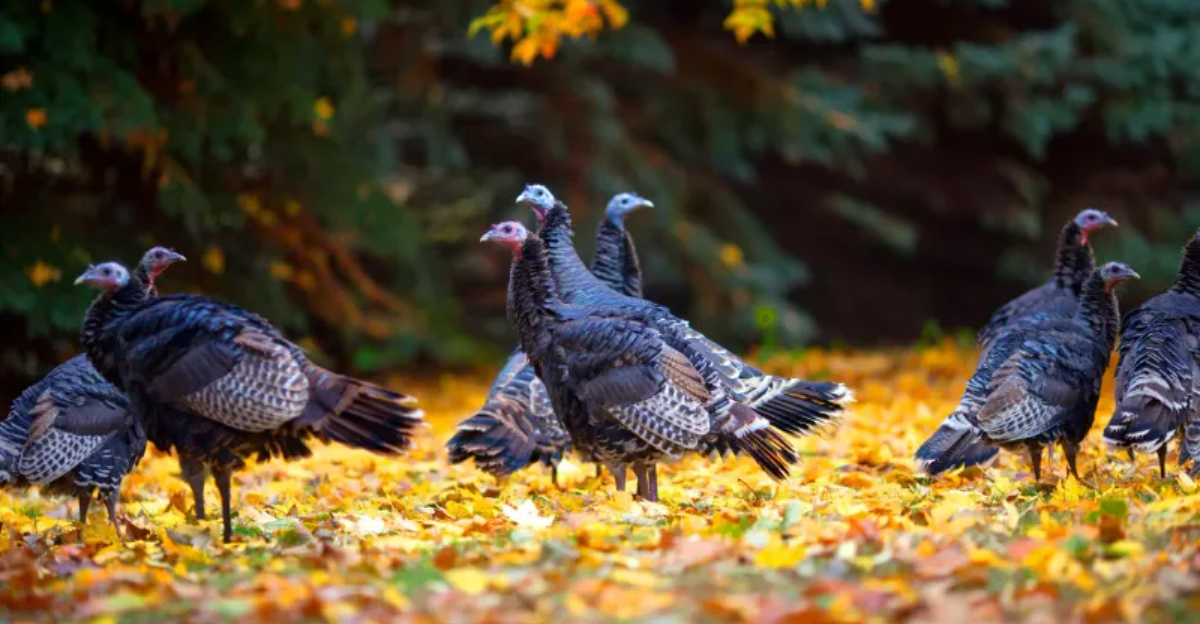
Ever wondered what keeps those gobbling birds satisfied? Wild turkeys are nature’s opportunistic diners, munching on an impressive variety of foods throughout the changing seasons.
Whether you’re raising domestic turkeys or just curious about their wild cousins, understanding their dietary needs helps appreciate these fascinating birds even more.
1. Insects Are Turkey Delicacies
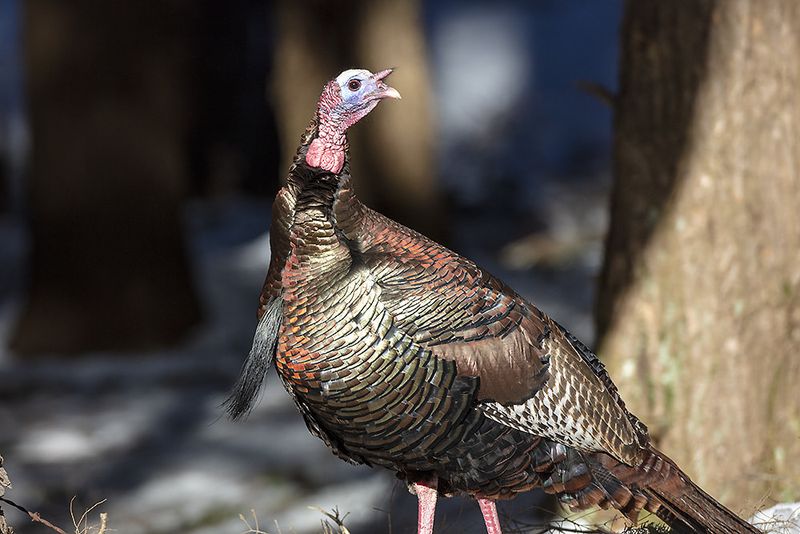
Creepy crawlies top the turkey menu! These birds actively hunt grasshoppers, beetles, caterpillars, and even spiders. They’ll scratch through leaf litter and soil to uncover these protein-packed snacks.
Young turkeys (poults) especially rely on insects for rapid growth, with protein making up nearly 28% of their early diet.
2. Acorns Fuel Fall Feasting
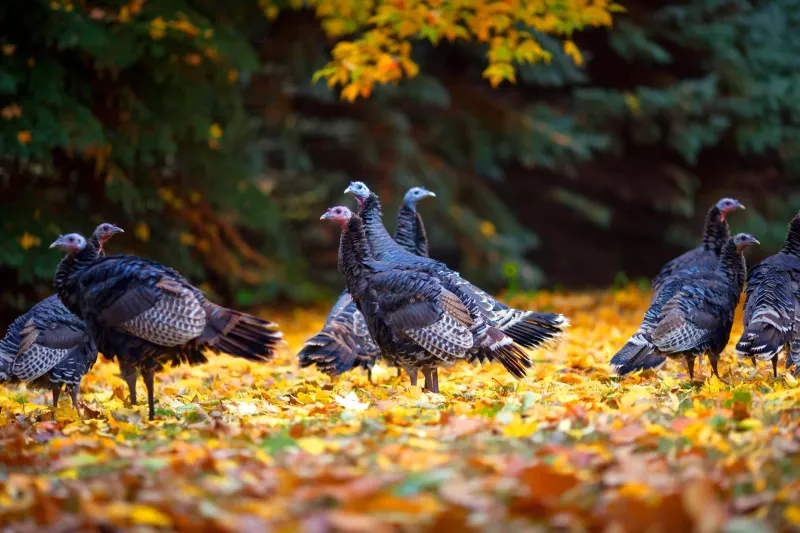
When autumn leaves start dropping, turkeys go nuts for acorns! These nutritional powerhouses provide essential fats that help turkeys build winter reserves.
A single turkey might consume hundreds of acorns daily during peak season. They’ll travel miles to find oak groves, often returning to productive trees day after day.
3. Berries Add Sweet Variety
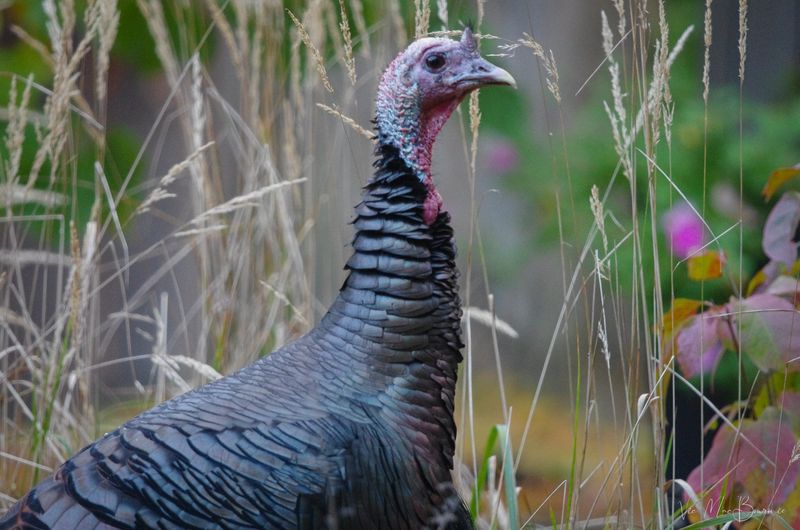
Got a sweet tooth? Turkeys do too! They eagerly gobble up blackberries, blueberries, raspberries, and wild grapes whenever available.
These fruits provide quick energy and essential vitamins. During summer months, berry patches become turkey hotspots, with flocks spending hours plucking these juicy treats from bushes and vines.
4. Seeds Satisfy Year-Round
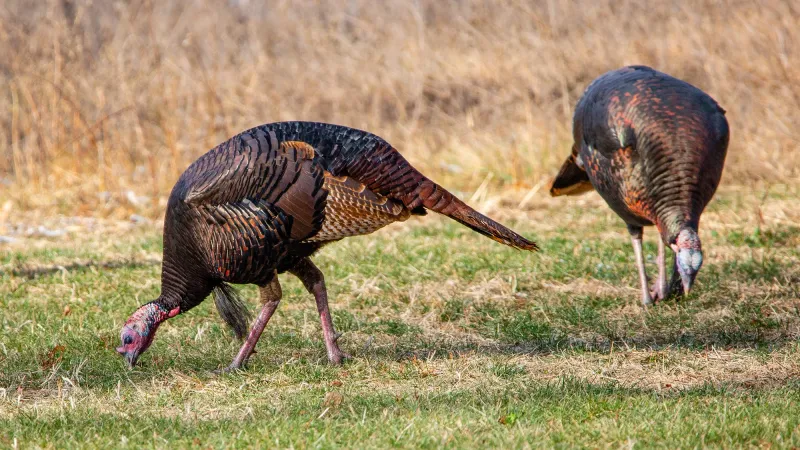
Small but mighty, seeds form a dietary cornerstone for turkeys in all seasons. Sunflower seeds, pine nuts, and grass seeds disappear quickly when turkeys are around!
Their excellent eyesight helps spot tiny seeds others might miss. Domestic turkeys thrive on seed-based commercial feeds, though wild varieties need much greater diversity.
5. Nuts Make Perfect Protein Packages
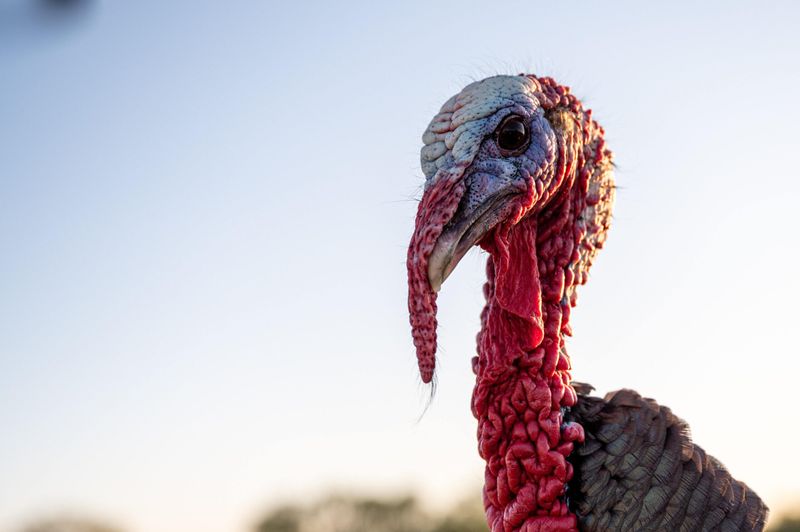
Beyond acorns, turkeys crack open beechnuts, chestnuts, hickory nuts, and pecans when lucky enough to find them. Their strong digestive systems can handle these tough morsels with ease.
A turkey flock beneath a productive nut tree is a sight to behold – they’ll methodically clear the ground of every last nutty morsel!
6. Greens Keep Turkeys Growing
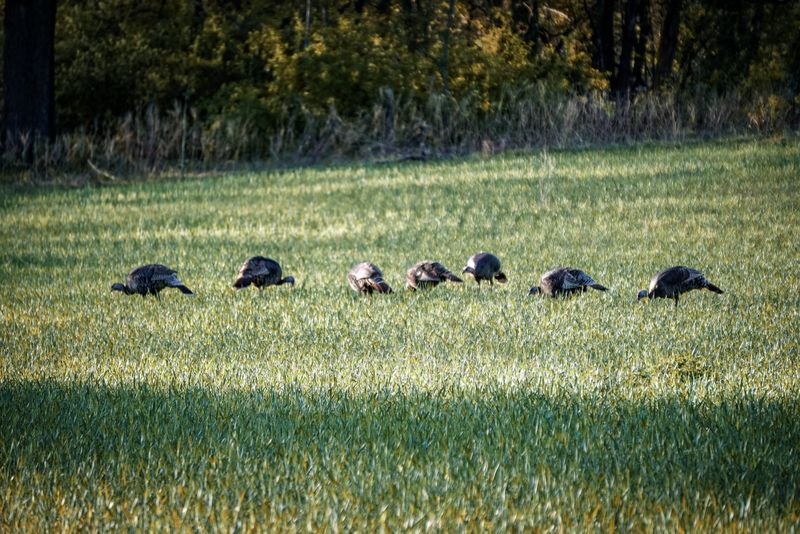
Fresh greens provide essential vitamins and minerals turkeys crave. Clover, grass shoots, and tender leaves become spring and summer staples.
You’ll often spot turkeys in meadows and field edges, methodically plucking greenery. Domestic turkeys benefit from fresh greens too – many farmers provide chopped lettuce, kale, or alfalfa to supplement commercial feed.
7. Small Vertebrates Surprise The Menu
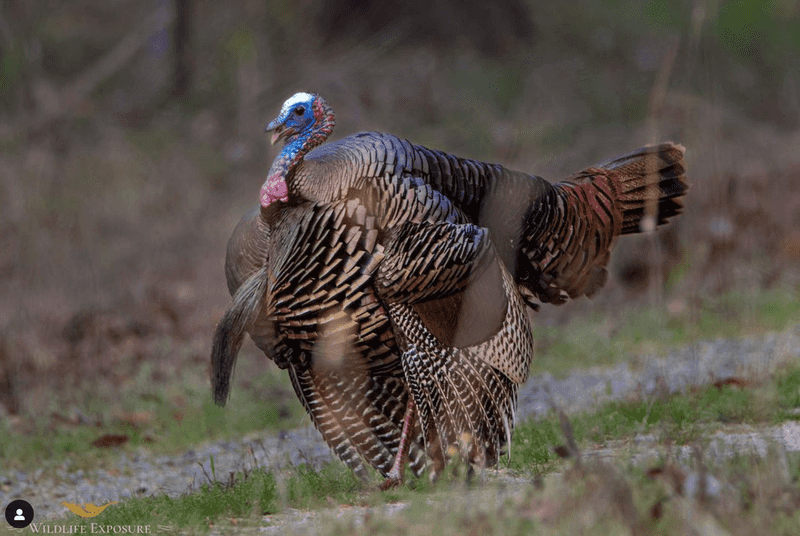
Turkeys occasionally show their predatory side! They’ll opportunistically snatch small lizards, snakes, and even tiny rodents when chance presents.
While not primary food sources, these protein-rich snacks supplement their diet. Young poults have been observed learning hunting behaviors from adults, chasing small creatures through underbrush.
8. Grains Become Winter Staples
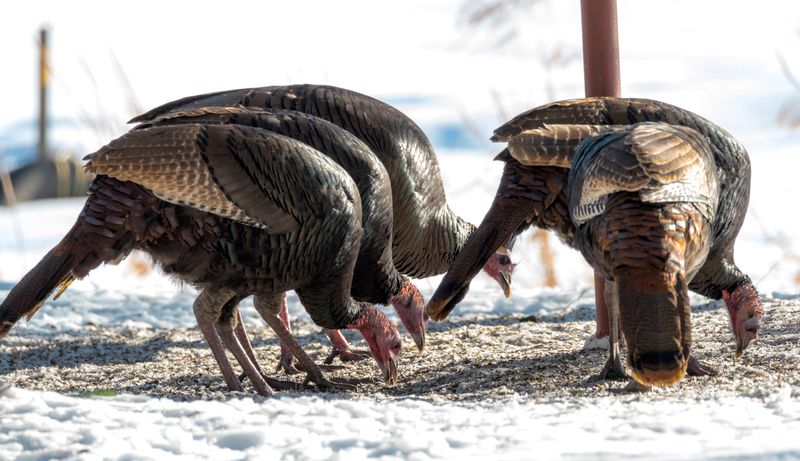
When snow blankets their habitat, turkeys rely heavily on waste grains from harvested fields. Corn, wheat, and oats become crucial survival foods during harsh months.
They’ll scratch through snow to reach fallen kernels. Conservation programs often plant food plots specifically for winter wildlife, with turkeys being major beneficiaries of these grain buffets.
9. Salamanders Become Springtime Surprises
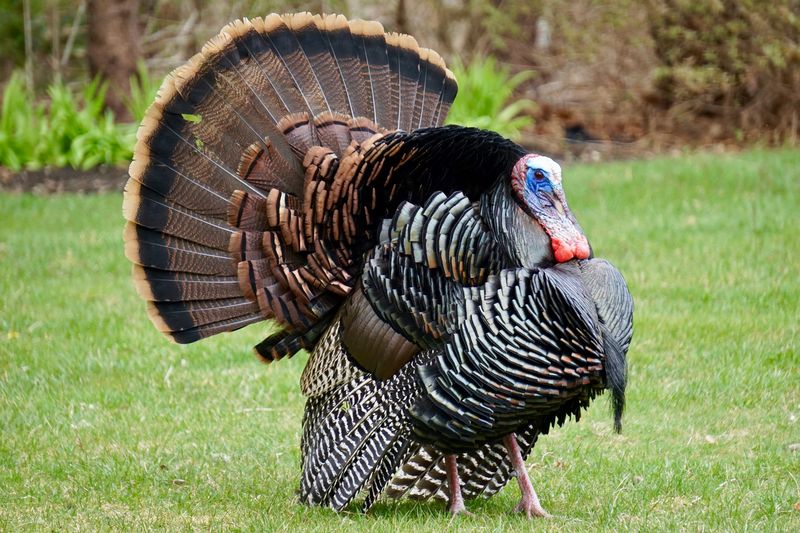
Spring rains bring unexpected turkey treats! These birds have been documented feeding on salamanders and small amphibians during wet seasons.
Turkeys patrol damp areas after heavy rainfall, using their excellent vision to spot these moisture-loving creatures. While not a primary food source, these protein-packed amphibians provide valuable nutrition during breeding season.
10. Domestic Turkey Feed Requirements
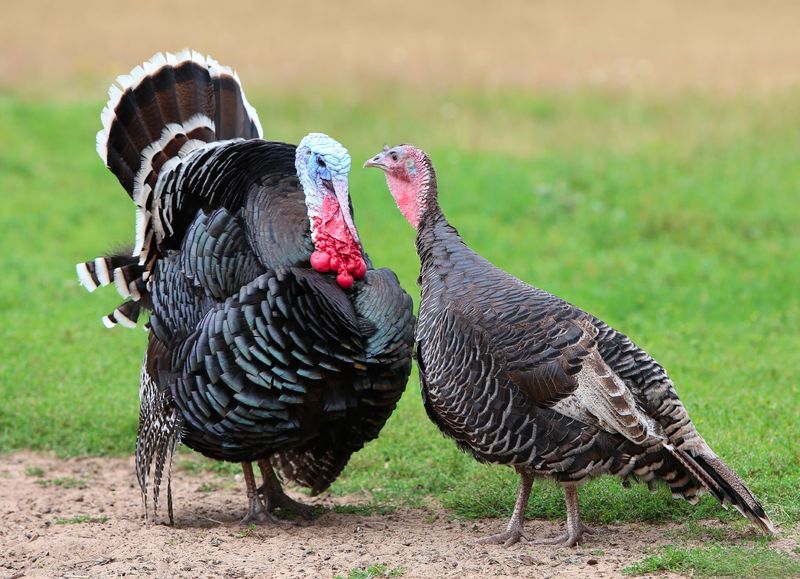
Raising backyard turkeys? Their commercial feed needs change dramatically with age. Poults require starter feed with 28% protein, while adults maintain health on 14-16% protein formulations.
Quality commercial feeds include vitamins and minerals wild turkeys would naturally forage. Free-ranging domestic birds supplement their diet much like their wild cousins.
11. Grit Helps Digestion
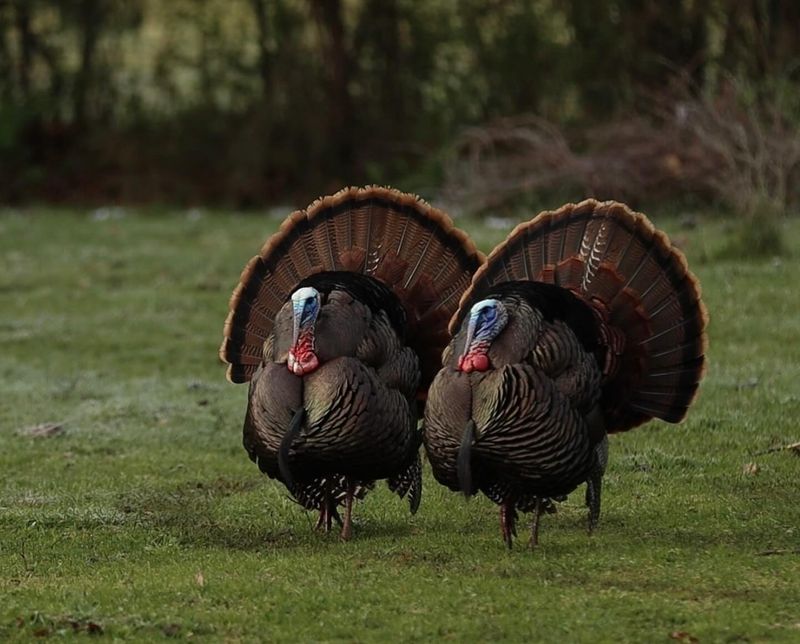
No teeth? No problem! Turkeys regularly consume small stones and pebbles that remain in their gizzard – a specialized stomach muscle.
This natural grinding mechanism pulverizes tough foods like seeds and nuts. You’ll often spot turkeys picking through gravel areas, selecting perfect-sized particles for their internal food processor.
12. Seasonal Diet Shifts
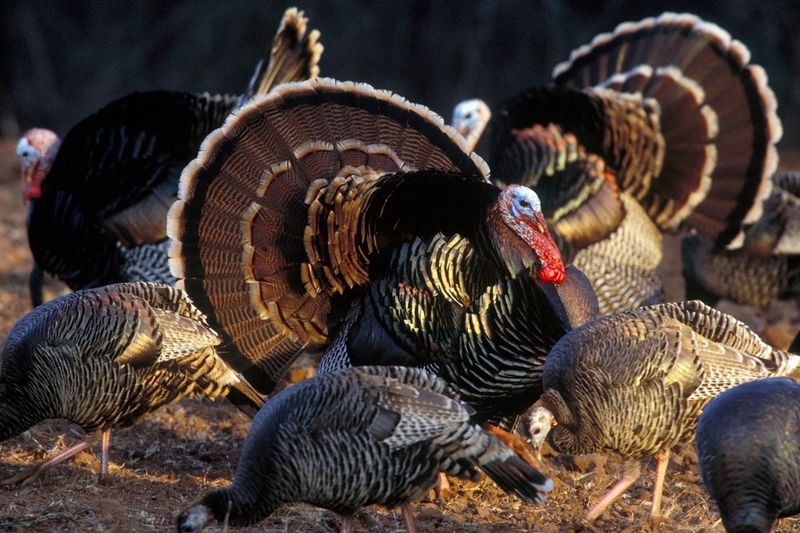
Turkey menus change dramatically with the calendar! Spring brings protein-rich insects and fresh greens, summer adds berries and fruits, fall introduces nuts and seeds, while winter means scrounging for whatever remains.
This adaptability explains their success across diverse habitats. Researchers track seasonal movements by following these predictable feeding patterns.
13. Water Requirements
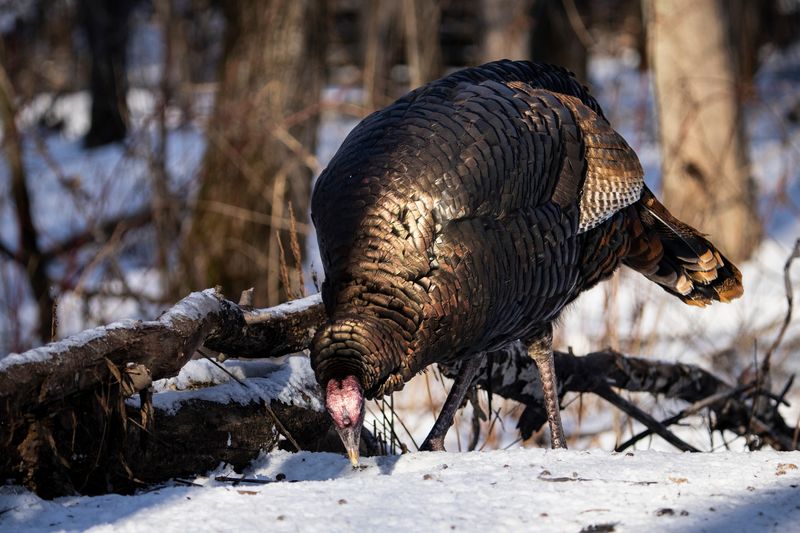
Fresh water remains essential year-round for turkeys. They drink daily when possible, though they can extract moisture from foods during dry periods.
Morning dew provides supplemental hydration when water sources are scarce. During winter, wild turkeys may eat snow to meet water needs, though they prefer liquid water when available.






